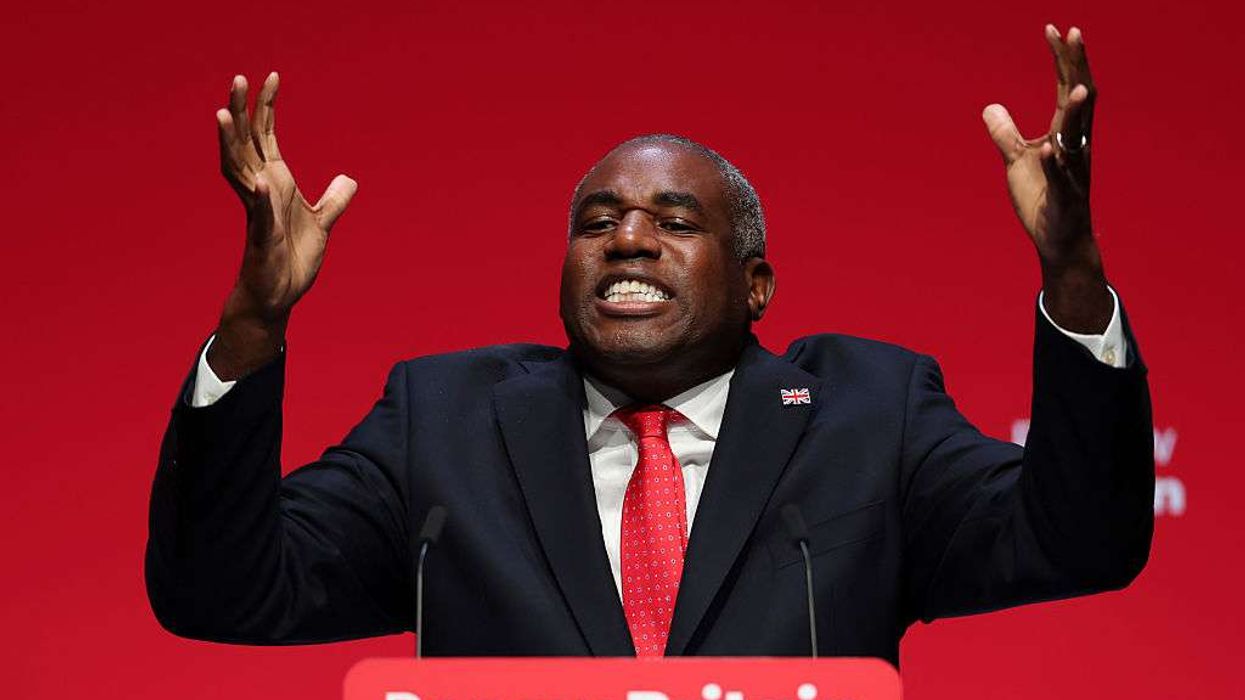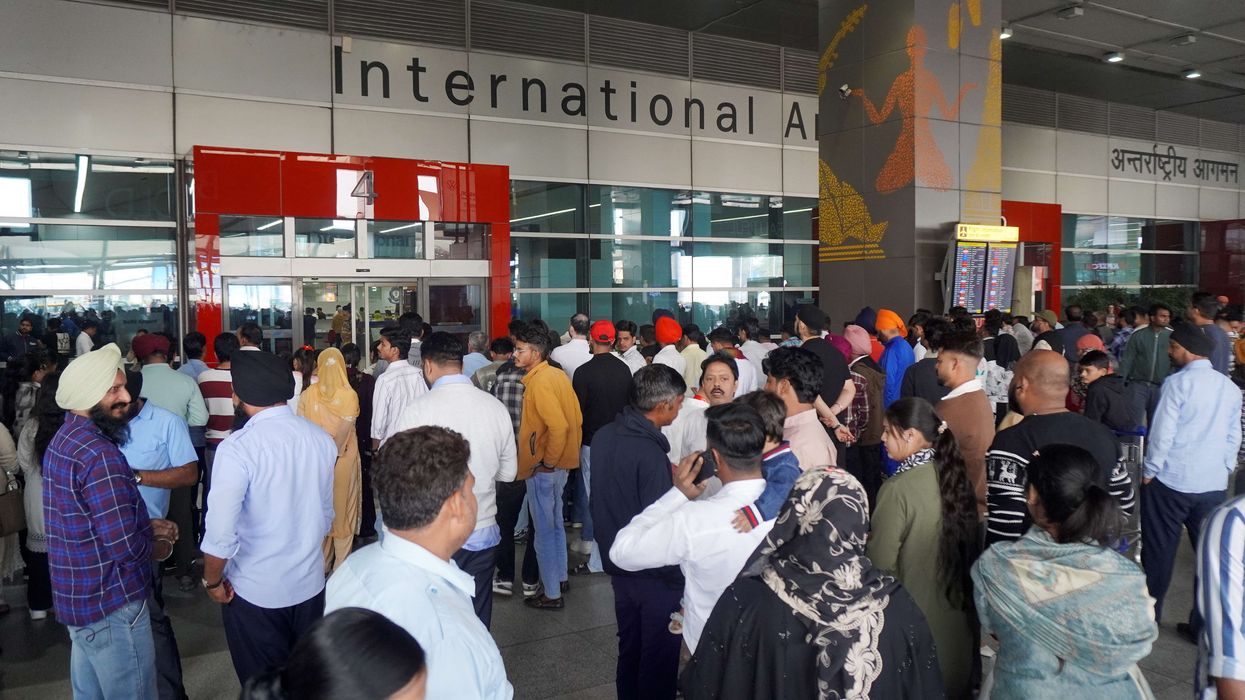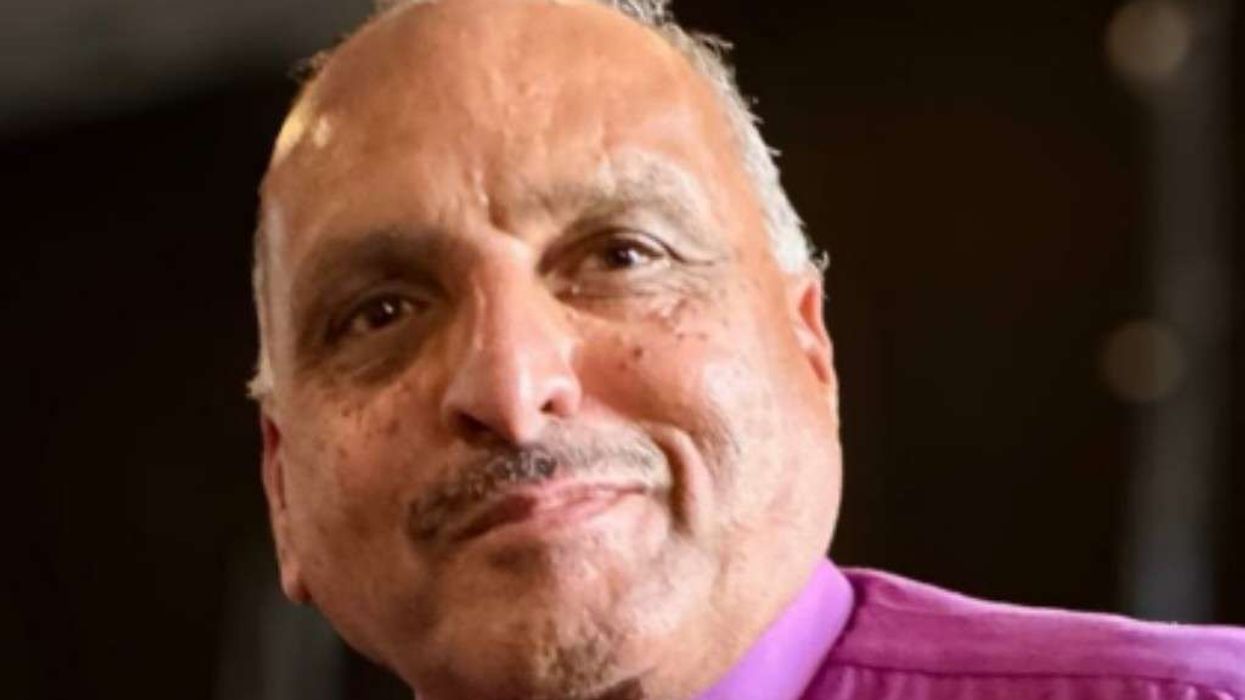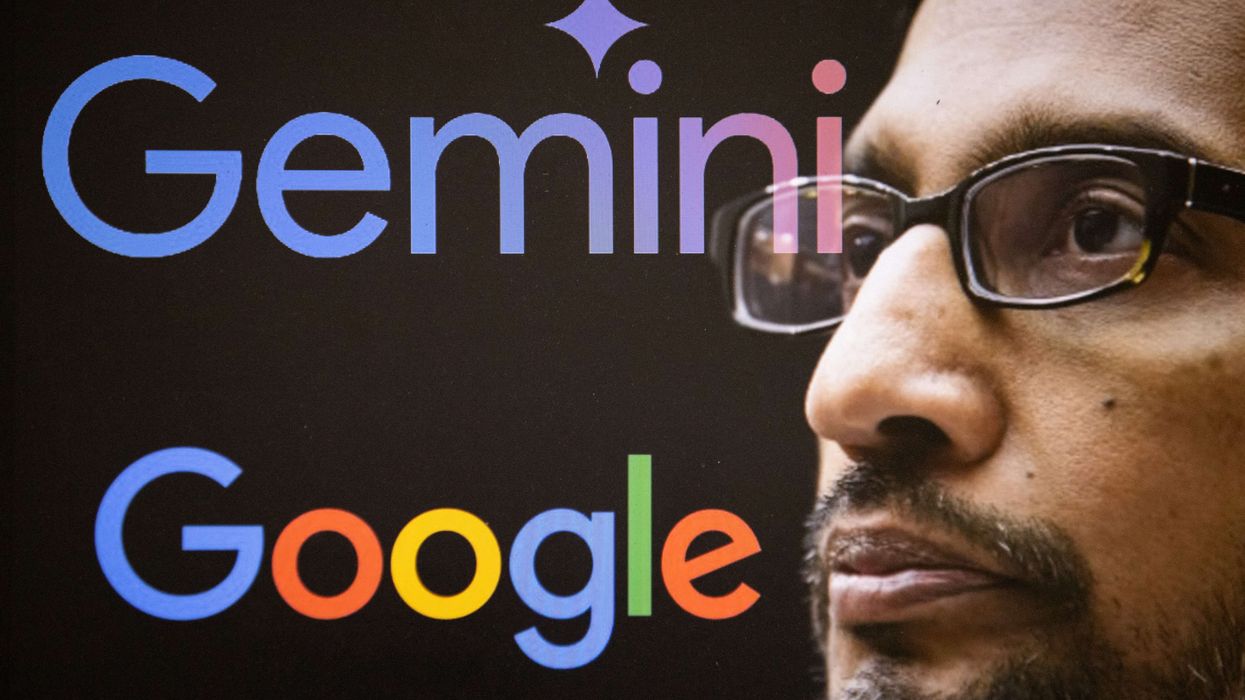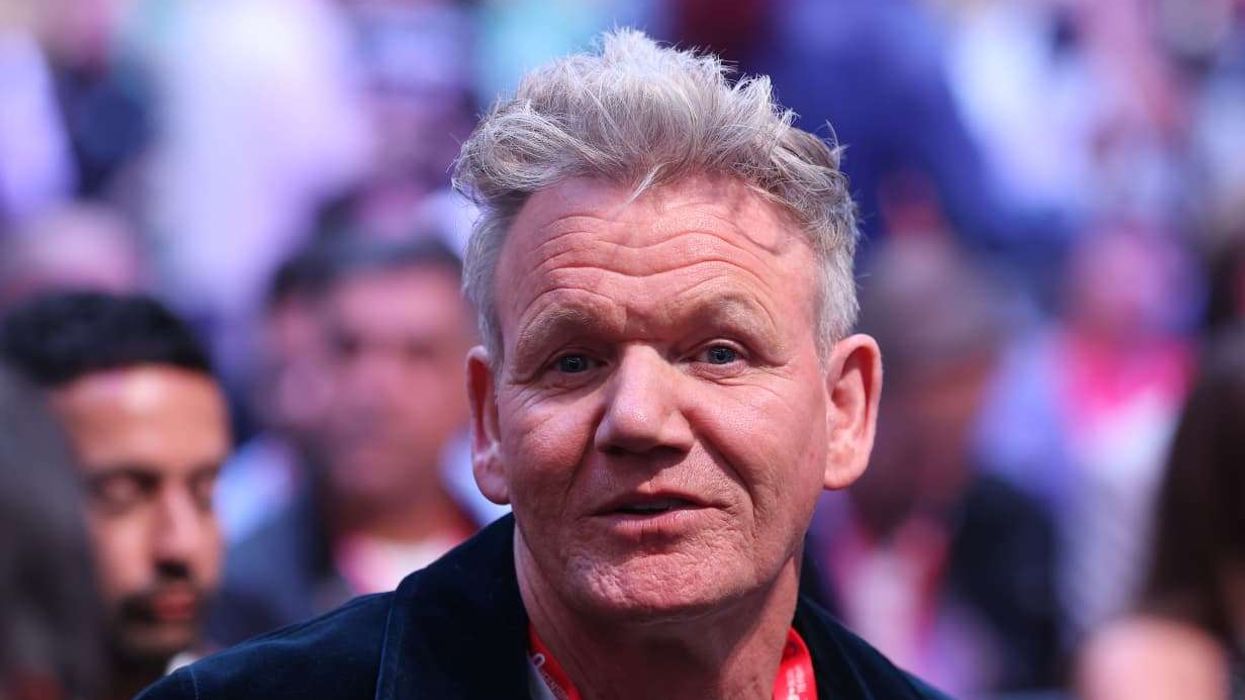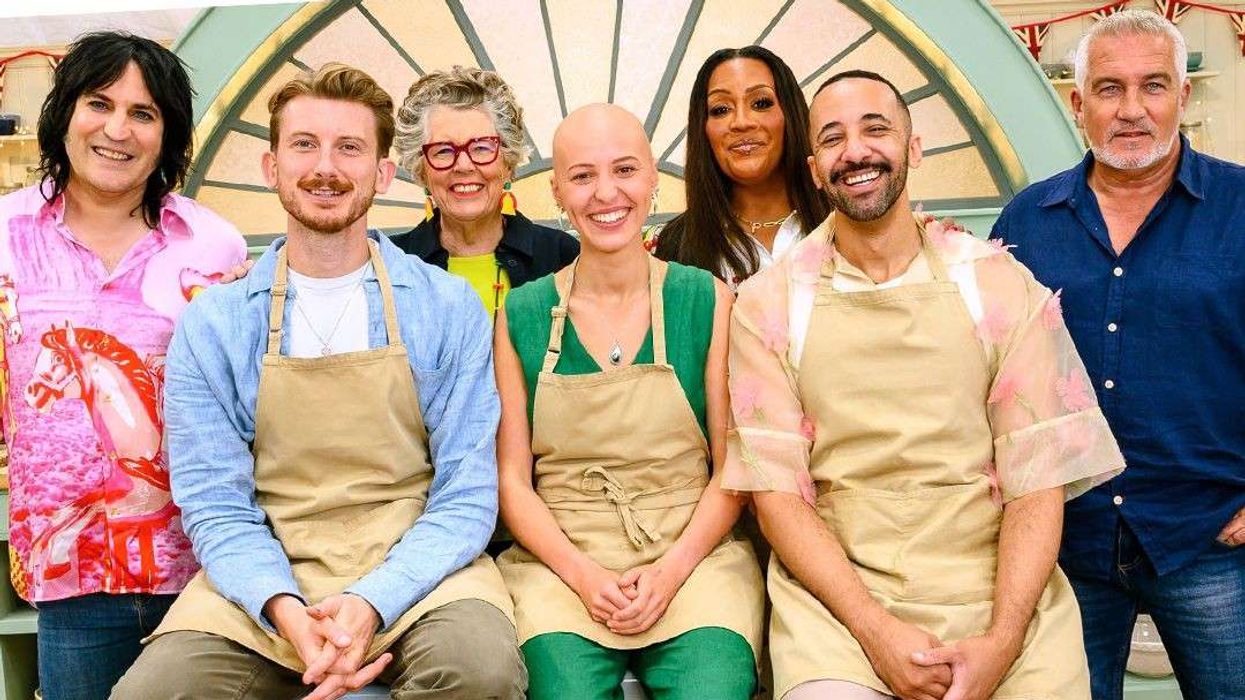India skipper Virat Kohli struck his highest Test score of 254 not out against South Africa on Friday to pass batting great Don Bradman's Test tally of 6,996 runs.
Kohli completed his seventh 200 in his 81st Test as India made 601-5 declared in Pune.
He swept Senuran Muthusamy for two runs to reach the landmark and raised his bat with a smile to an ovation from the crowd in Pune.
Kohli has now scored more than 7,000 Test runs at an average of over 53 since making his debut in the West Indies in 2011.
The benchmark puts him in the top 50 Test run-scorers, a field led by India's Sachin Tendulkar with 15,921 runs in 200 matches.
Kohli has the most double hundreds among Indian batsmen, while Bradman leads the international list with 12 to his name.
Playing his 50th Test as captain, Kohli has overtaken many big names in Test cricket.
Sri Lanka's Sanath Jayasuriya and Australian Steve Smith (6,973 each), and former England batsman Len Hutton (6,971) are now behind Kohli in Test runs.
While Kohli needed 138 innings to get this far, Bradman got the runs in 80 innings at an average of 99.94.
The 30-year-old skipper also registered his ninth 150 plus score, once again going past Bradman's eight.
His previous highest Test score was 243. Kohli has also notched 11,520 runs including 43 centuries in 239 one-day internationals.
